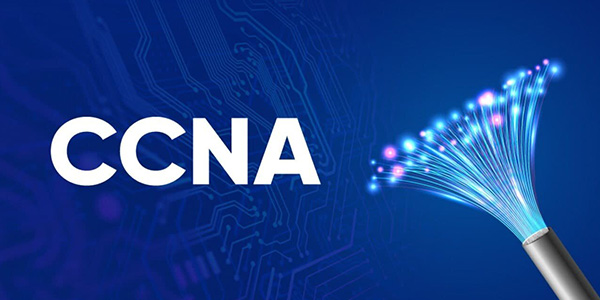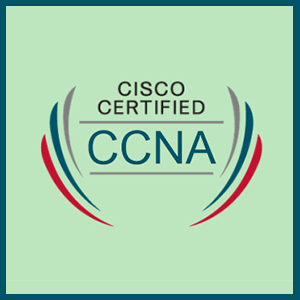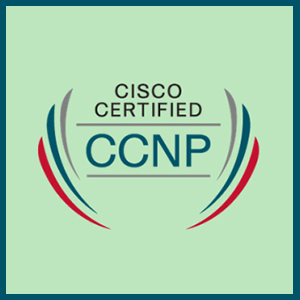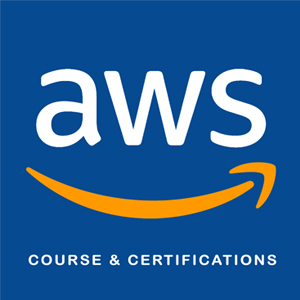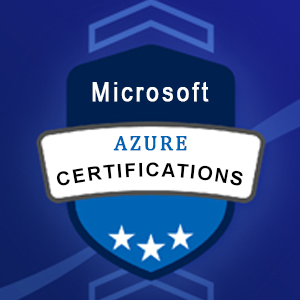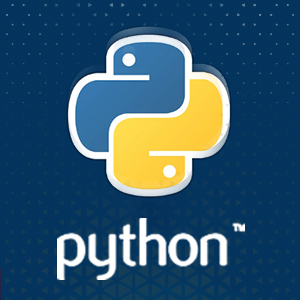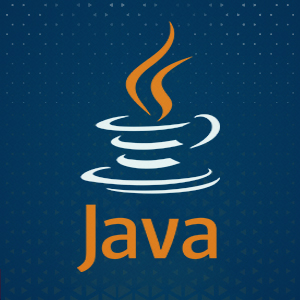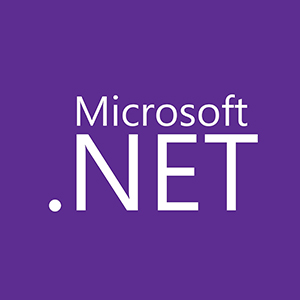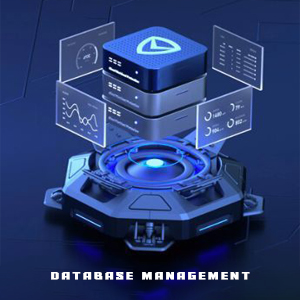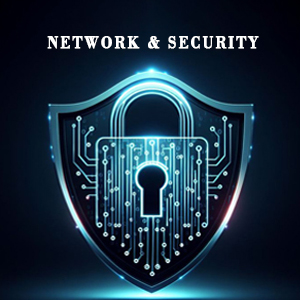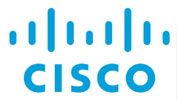Call For Inquiry
Master CCNA: Networking Fundamentals and Advanced Concepts is a detailed course designed to help you achieve the Cisco Certified Network Associate (CCNA) certification. Whether you're a beginner or an experienced professional, this course covers everything from basic networking concepts to advanced routing, switching, and security techniques.
What You'll Learn:
- Networking Fundamentals:
- Introduction to networking and the OSI model.
- IP addressing, subnetting, and VLANs.
- Routing and Switching:
- Configuring and troubleshooting routers and switches.
- Implementing routing protocols (RIP, OSPF, EIGRP).
- Network Security:
- Configuring firewalls and access control lists (ACLs).
- Implementing network address translation (NAT).
- WAN Technologies:
- Understanding WAN concepts and protocols.
- Configuring PPP and Frame Relay.
- Advanced Topics:
- Network automation and programmability.
- IPv6 addressing and routing.
- Preparing for the CCNA certification exam.
- Real-World Projects:
- Design and configure a small business network.
- Troubleshoot and optimize network performance.
Who Is This Course For?
- Network engineers and IT professionals.
- Students pursuing IT or computer science degrees.
- Anyone looking to build a career in networking.
Prerequisites:
- Basic understanding of computers and networking.
- Familiarity with command-line interfaces is helpful but not required.
Exam Description: The 200-120 composite CCNA v2 exam is a 1-½ hour test with 50–60 questions. The 200-120 CCNA exam is the composite exam associated with the CCNA Routing and Switching certification. Candidates can prepare for this exam by taking the Interconnecting Cisco Networking Devices: Accelerated (CCNAX) version 2.0 course. This exam tests a candidate's knowledge and skills required to install, operate, and troubleshoot a small to medium-size enterprise branch network. The topics include all the areas covered under the 200-120 CCNA exam.
The following topics are general guidelines for the content likely to be included on the exam.
1.0 Operation of IP Data Networks
- Recognize the purpose and functions of various network devices such as routers, switches, bridges and hubs
- Select the components required to meet a given network specification
- Identify common applications and their impact on the network
- Describe the purpose and basic operation of the protocols in the OSI and TCP/IP models
- Predict the data flow between two hosts across a network
- Identify the appropriate media, cables, ports, and connectors to connect Cisco network devices to other network devices and hosts in a LAN
2.0 LAN Switching Technologies
- 2.1 Determine the technology and media access control method for Ethernet networks
- 2.2 Identify basic switching concepts and the operation of Cisco switches
- 2.3 Collision Domains and Broadcast Domains
- 2.4 Ways to switch store, Forward and Cut Through and CAM Table
- 2.5 Configure and verify initial switch configuration including remote access management
- 2.6 hostname ,Management IP address, Local username and Password, Console and VTY Logins
- 2.7 Verify network status and switch operation using basic utilities such as PING,TELNET.SSH
- 2.8 Describe how VLANs create logically separate networks and the need for routing between them
- 2.9 Explain network segmentation and basic traffic management concepts
- 2.10 Configure and verify VLANs ,Trunks, DTP ,Auto Negotiation
- 2.11 Identify enhanced switching technologies PVST and RSTP
- 2.12 Ether channels (Link Aggregation ) ,PAGP and LACP
3.0 IP Addressing (IPv4/IPv6)
- 3.1 Describe the operation and necessity of using private and public IP addresses for IPv4 addressing.
- 3.2 Identify the appropriate IPv6 addressing scheme to satisfy addressing requirements in a LAN/WAN environment
- 3.3 Identify the appropriate IPv4 addressing scheme using VLSM and summarization to satisfy addressing requirements in a LAN/WAN environment
- 3.4 Describe the technological requirements for running IPv6 in conjunction with IPv4
- 3.5 Describe IPv6 addresses, Global Unicast, Link Local, Multicast, EUI-64and Auto Configuration
4.0 IP Routing Technologies
- 4.1 Describe basic routing concepts, Packet Forwarding, Router Lookup Process
- 4.1 Process Switching/Fast Switching/CEF
- 4.2 Configure and verify utilizing the CLI to set basic Router configuration
- 4.3 Configure and verify operation status of a device interface
- 4.4 Verify router configuration and network connectivity using PING, TRACEROUTE, TELNET,SSH
- 4.5 Configure and verify routing configuration for a static or default route given specific routing requirements
- 4.6 Static vs. dynamic Routing
- 4.6. Admin distance, Split Horizon, Metric
- 4.7 Configure and verify OSPF, Benefit of Multiple area
- 4.8 Understand LSA types and purpose
- 4.9 Configure and verify inter VLAN routing (Router on a stick)
- 4.10 Manage Cisco IOS Files, Boot Preferences, Licensing
- 4.11 Configure and verify EIGRP, Feasible Distance/Feasible Successors/Administrative distance
- 4.12 Feasibility condition and Metric Composition
5.0 IP Services
- 5.1 Configure and verify DHCP (IOS Router)
- 5.2 Describe the types, features, and applications of ACLs
- 5.3 standard (editing and sequence numbers) and Extended
- 5.4 Identify the basic operation of NAT, Purpose, Pool, Static, Overloading
- 5.5 Configure and verify NTP as a client
- 5.6 Recognize High availability (FHRP) VRRP, HSRP, GLBP
- 5.7 Configure and verify syslog
6.0 Network Device Security
- 6.1 Configure and verify network device security features
- 6.2 Device password security, Enable secret vs. enable, Transport ,Disable Telnet
- 6.3 Configure and verify Switch Port Security
- 6.4 Sticky MAC,MAC address limitation, Violation Modes, Err disable Recovery
- 6.5 Configure and verify ACLs to filter network traffic
- 6.6 Configure and verify ACLs to limit telnet and SSH access to the router
7.0 Troubleshooting
- 7.1 Troubleshoot and correct common problems associated with IP addressing and host configurations
- 7.2 Troubleshoot and resolve VLAN problems
- 7.3 Troubleshoot and resolve trucking problems on Cisco switches
- 7.4 CRC ,Runts, Giants, dropped Packets, Late Collisions
- 7.5 Monitor Net Flow statistics
- 7.6 TS Ether Channel problems
8.0 WAN Technologies
- 8.1 Identify different WAN Technologies
- 8.2 T1/E1 ,DSL ,ISDN, Frame-Relay ,VPN
- 8.3 Configure and verify a basic WAN serial connection
- 8.4 Configure and verify a PPP connection between Cisco routers
- 8.5 Configure and verify frame relay on Cisco routers
- 8.6 Implement and troubleshoot PPPoE
Cisco CCNA Certification Exam
This exam tests a candidate's knowledge and skills related to network fundamentals, LAN switching technologies, IPv4 and IPv6 routing technologies, WAN technologies, infrastructure services, infrastructure security, and infrastructure management.
- Introduction to networking and the OSI model.
- IP addressing, subnetting, and VLANs.
- Network topologies and media types.
- Configuring and troubleshooting routers and switches.
- Implementing routing protocols (RIP, OSPF, EIGRP).
- Spanning Tree Protocol (STP) and EtherChannel.
- Configuring firewalls and access control lists (ACLs).
- Implementing network address translation (NAT).
- Securing network devices and monitoring traffic.
- Understanding WAN concepts and protocols.
- Configuring PPP and Frame Relay.
- VPNs and remote access solutions.
- Network automation and programmability.
- IPv6 addressing and routing.
- Preparing for the CCNA certification exam.
- Design and configure a small business network.
- Troubleshoot and optimize network performance.
- Present your project and receive feedback.
- Building a portfolio with CCNA projects.
- Tips for landing a job as a network engineer.
- Freelancing and consulting opportunities.

Related Courses
Explore Our Top Categories
The Ultimate IT Training: From Basics to Breakthroughs Join Our free WebinarData Analytics
Are you ready to future-proof your IT career and stay ahead in the fast-evolving tech landscape? Join our exclusive webinar, Transform Your IT Career!
20 May, 2025 - 11- AM
Free Webinar
Register Now
Latest Blog Updates



Transform Your Career with Insta InfoTech - Premier IT Training Institute
Join Insta InfoTech for cutting-edge IT training programs designed to boost your skills and career prospects. Offering expert-led Courses in Software Development, Data Science, Cybersecurity, and more.
00+
Trained Students
00+
Years of Experience
00+
Countries Represented
00x7
Support


What We Offer
At Insta Infotech, we specialize in a wide array of courses across domains like:
Send Us Email




